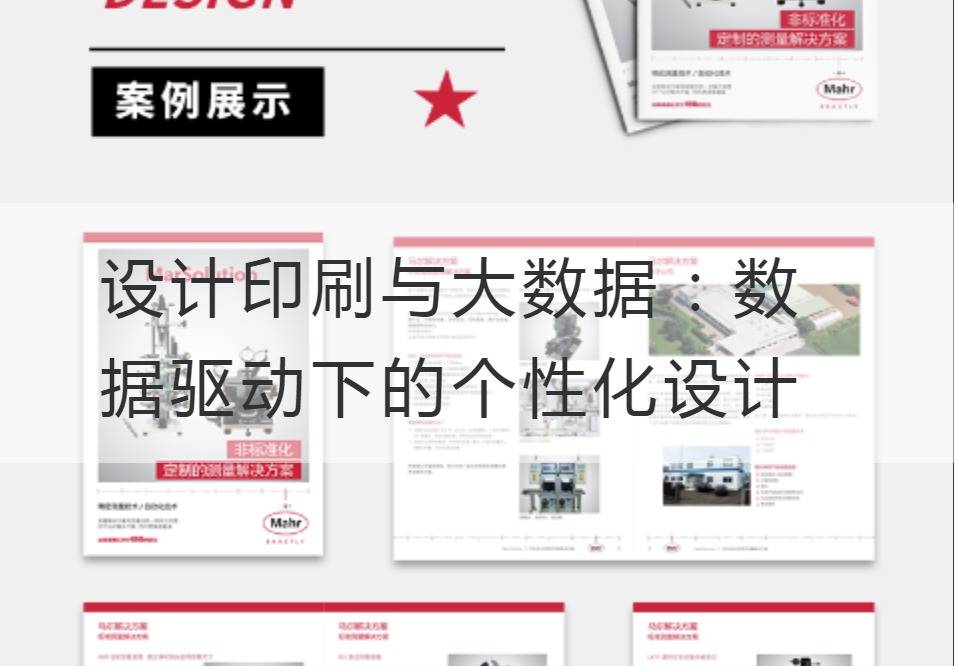Design, printing, and big data: Personalized Design Driven by Data
In today's digital era, big data is becoming one of the key words in the business field. Its rise has changed the development mode of many industries, and the design and printing industry is no exception. Data-driven personalization is becoming a new challenge and opportunity for designers.
Design and printing is a comprehensive industry, which requires designers to combine creativity and technology to make products more visually attractive. However, just designing a beautiful poster or a unique package is not enough, as everyone has different preferences and needs. With the emergence of big data technology, the design and printing industry has ushered in the era of personalized design.

The core of personalized design is to deeply understand users and obtain users' consumption behavior, preferences, and requirements through big data analysis and mining. With this data as a support, designers can better target user groups to more precisely meet their needs during the design process.
Data-driven personalized design not only stays at the concept level, but also requires designers to transform data into practical operations. For example, designers can customize designs for different users based on their purchase history and browsing preferences. Instead of being bothered by a lot of the same or unrelated ads, users can see designs that really fit their interests.
At the same time, big data technology offers designers more creative possibilities. Through the data analysis, designers can understand the impact of different design elements and colors on users, so as to design more accurately. Data can also help designers discover new market trends and consumer needs, providing them with inspiration and creative direction.
However, data-driven personalization also faces some challenges. First, the quality and accuracy of the data is critical to designers. Designers need to ensure that the data used is authentic and legitimate. Second, designers need to constantly learn and update their skills and knowledge to adapt to the rapid changes brought about by data-driven design. Finally, designers should take care to protect users' privacy and personal information to ensure data security and compliance.
To sum it up,Design PrintingThe combination of industry and big data is an innovative attempt. Data-driven personalization not only enhances the consumer experience, but also creates new creative opportunities for designers. However, all this requires designers to constantly learn and adapt to new technologies and concepts to keep the industry competitive. In the era of big data, designers should keep up with the trend and demonstrate personal creativity in a data-driven way to drive the design and printing industry to a more prosperous and diversified direction.
Recommended Reading:
The Art of Sample Printing: Details determine quality
Transforming communications: Energy-saving strategy of publicity page printing
Printing of the leaflet: Enhance results with the latest UV technology



